Winter is the perfect time to enjoy outdoor activities with your family. Here’s a quick guide to 8 fun and accessible winter sports that combine fitness and bonding:
- Downhill Skiing: Great for all skill levels. Resorts like Beaver Creek (CO) and Stowe (VT) offer beginner-friendly trails. Gear ranges from $400–$1,000, or try compact Snowfeet skiblades starting at $400.
- Snowboarding: Easier than ever with beginner-friendly boards and resorts like Northstar (CA) and Mount Snow (VT). Lessons and safety gear are key.
- Ice Skating: Indoors or outdoors, it’s fun for all ages. Focus on proper skate fit and basic skills like gliding and stopping.
- Sledding & Snow Tubing: Parks like Wilmot Mountain (WI) offer thrilling tubing lanes with safety features like conveyor lifts.
- Cross-Country Skiing: Explore scenic trails at places like Trapp Family Lodge (VT). Start with flat terrain and learn basic techniques like diagonal strides.
- Snowshoeing: Easy to learn and perfect for hiking snowy trails. Choose snowshoes based on terrain and dress in layers for comfort.
- Family Ice Hockey: Learn the basics with programs like "Try Hockey For Free." Focus on skating skills and simplified rules for family fun.
- Snow Biking: Fat tire bikes make snowy trails accessible. Trails like WinMan (WI) are great for families, with bikes starting under $600.
Quick Comparison Table
| Activity | Cost Range | Beginner-Friendly Spots/Options | Key Gear/Features |
|---|---|---|---|
| Downhill Skiing | $400–$1,000+ | Beaver Creek (CO), Stowe (VT) | Skis, boots, Snowfeet skiblades |
| Snowboarding | $300–$1,000+ | Northstar (CA), Mount Snow (VT) | Snowboards, helmets, lessons |
| Ice Skating | $50–$150 (skates) | Local rinks, seasonal outdoor setups | Proper skate fit, lightweight socks |
| Sledding/Tubing | $20–$100+ | Wilmot Mountain (WI), Ariens Hill (WI) | Snow tubes, helmets |
| Cross-Country Skiing | $200–$500 | Trapp Lodge (VT), Giants Ridge (MN) | Skis, poles, layered clothing |
| Snowshoeing | $50–$200 | Mount Rainier (WA), local parks | Snowshoes, waterproof boots |
| Ice Hockey | $200–$500+ | "Try Hockey For Free" programs | Skates, helmets, sticks |
| Snow Biking | $600–$1,700 | WinMan Trails (WI), Lebanon Hills (MN) | Fat bikes, helmets, gloves |
These activities are affordable, beginner-friendly, and perfect for creating lasting memories with your family. Start small, stay safe, and enjoy the winter fun!
Let's Learn Winter Sports! | Caitie's Classroom Field Trips ...
1. Downhill Skiing
Downhill skiing is a great way for families to bond on the slopes. Thanks to modern gear and resorts catering to beginners, it's now easier than ever to start.
The first step is picking the right equipment. Basic beginner ski packages, which include skis, boots, and bindings, typically cost between $400 and $500. For kids, packages range from $100 to $400. Another option is Snowfeet skiblades, priced from $400, which offer a compact and agile alternative to traditional skis. Once you're equipped, it's time to find the right resort.
The resort you choose can make or break the experience. Beaver Creek in Colorado is a standout, with McCoy Park featuring 17 trails designed for beginners and a dedicated gondola for easy access [2]. On the East Coast, Vermont’s Stowe Mountain Resort provides beginner-friendly trails like Inspiration and Easy Street, ideal for building confidence [1].
Here’s a quick comparison of ski equipment options for families:
| Feature | Traditional Skis | Snowfeet Skiblades |
|---|---|---|
| Length | 150-200 cm | 65-120 cm |
| Transport | Requires ski rack | Fits in backpack |
| Boot Requirements | Specialized ski boots | Regular winter boots |
| Learning Curve | Moderate | Quick mastery |
| Price Range | $400-$1,000+ | Starting at $400 |
When planning a family ski trip, consider resorts with these features:
- Dedicated Learning Zones: Park City Mountain Resort in Utah has a First Time chairlift area designed to keep beginners separate from advanced skiers. Nearly 20% of the resort’s terrain is for beginners, including the scenic 3.5-mile Home Run green trail [2].
- Family-Friendly Amenities: Northstar in California is a prime example, with its self-contained village featuring an ice rink and beginner runs accessible via the Big Springs Express Gondola [2].
Skiing has become more accessible than ever, thanks to advancements in equipment and family-focused resort options. For example, Keystone in Colorado offers free lift tickets for kids 12 and under with a two-night lodging reservation [2]. These efforts, combined with modern gear, make skiing a welcoming activity for all ages and skill levels.
2. Snowboarding Basics
Snowboarding offers an exciting challenge for families, and many U.S. resorts now cater specifically to beginners. Thanks to modern equipment and designated learning areas, snowboarding has become easier and more enjoyable for everyone.
Switching from skiing to snowboarding? It’s worth noting that beginner-friendly innovations make the transition smoother. For example, snowboards with a CamRock profile provide better stability and are more forgiving for those just starting out [3].
Take a look at this comparison of beginner-friendly resorts and their features:
| Resort | Location | Beginner Features | Family Amenities |
|---|---|---|---|
| Heavenly | California/Nevada | Maggies Run & Boulder Bowl | 2% dedicated beginner terrain |
| Northstar | California | Big Springs Express Gondola access | Majority beginner/intermediate runs |
| Mount Snow | Vermont | Launch Pad learning area | Dedicated beginner lifts |
| Mount Sunapee | New Hampshire | South Peak Learning Area | Exclusive beginner zone |
Safety Tips for Beginners
- Gear up: Always wear helmets, wrist guards, and protective padding.
- Know your stance: Determine if you ride regular (left foot forward) or goofy (right foot forward) before you start.
- Take lessons: Certified instructors, especially those using systems like the QuickRide method, can make learning much easier.
"Powder is the best kind of snow for beginners to practice on. Other kinds of snow are okay, but powder will be the easiest to learn on", says Kent Bry, Certified Ski & Snowboarding Instructor.
Many resorts in states like Colorado and Utah now feature dedicated snowboarding zones and family-oriented packages, making it easier for everyone in the group to enjoy the slopes.
Don’t be afraid to fall - it’s part of the learning process. Use your forearms to absorb the impact, and practice on slightly steeper slopes for better control. For a more relaxed experience, try visiting midweek when the slopes are less crowded.
Some resorts also offer great family deals. For instance, Keystone provides free lift tickets for kids 12 and under when you book at least two nights of lodging. This makes snowboarding an even more affordable and fun activity for families.
3. Ice Skating Fun
Ice skating is a great way for families to stay active and have fun during the winter. Whether you're at an indoor rink or enjoying a seasonal outdoor setup, having the right technique and preparation can make the experience much better.
Getting Started Right
A proper skate fit is key for safety and comfort. Terry Green, Former Owner of Highland Ice Arena, advises:
"Skates need to fit snug like a ski boot and not loose like a tennis shoe. If your foot moves inside the skate, you can't balance on the blade" [4]
Patti Brinkley from Kraken Community Iceplex also warns against wearing thick socks:
"Parents think that two pairs of thick socks are helpful but it cuts off circulation" [4]
Stick to one pair of lightweight socks and make sure to secure the skates properly.
Basic Skills Development
Starting with the basics helps build confidence and control. The Skating Academy's "Basic Skills 1" program includes foundational moves like:
| Skill | Description | Focus |
|---|---|---|
| Marching | Small steps forward | Balance and weight transfer |
| Two-foot glide | Both blades on the ice | Confidence building |
| Forward swizzles | Push-and-pull motion | Edge control |
| Backward wiggles | Basic reverse movement | Directional awareness |
| Snowplow stop | Inverted V position | Safety and stopping |
Practicing these skills sets the stage for more advanced techniques.
Safety First Approach
Learning how to fall safely is crucial for new skaters. Start off the ice by practicing controlled falls: bend the knees and lean to one side to reduce impact. To get up, kneel first, place one skate on the ice, and push up while keeping your back straight.
When starting on the ice, take small, deliberate steps before transitioning to a smooth glide. Introduce the snowplow stop early on: bend your knees, bring your toes together into an inverted V, and use your hands for balance. Keep sessions short - about 25 minutes - to avoid fatigue and keep the experience enjoyable. If you're helping a beginner, stand in front or to the side and hold both of their hands for support.
4. Sledding and Snow Tubing
Sledding and snow tubing are fun winter activities that everyone in the family can enjoy. Modern snow tubes - made from materials like PVC, rubber, or vinyl - offer a more comfortable and durable experience compared to traditional sleds. Here’s how to make the most of your tubing adventure.
Choosing the Right Equipment
Snow tubes have gained popularity over sleds for their speed and convenience. High-quality tubes typically feature smooth bottoms for faster rides, sturdy handles for better grip, shock-absorbing inserts for comfort, and designs that reduce wind resistance.
Top Tubing Spots in the U.S.
The U.S. is home to some fantastic tubing parks with family-friendly facilities:
- Wilmot Mountain's Bubly Tube Park, Wisconsin: Boasts 1,000-foot lanes spread across 22 tracks, complete with conveyor lifts and night lighting.
- Ariens Hill, Green Bay: Features a 46-foot man-made hill with three 300-foot tubing lanes and an automated tube return system.
- Badlands Sno-Park, Hudson, Wisconsin: Offers seven tubing slopes, including a beginner-friendly bunny hill and a steep slope for thrill-seekers.
- Iverson Park, Stevens Point: Includes two 300-foot toboggan slides and sledding hills, with a special area for kids under six [5].
Stay Safe While Tubing
Keep these safety tips in mind:
- Always sit facing forward on your sled or tube.
- Wear a winter sports helmet for extra protection.
- Use designated paths when walking back up the hill.
- Opt for daytime sessions to ensure better visibility.
Family-Friendly Amenities
Many tubing parks cater to families by offering features like dedicated kids' areas, equipment rentals, and on-site safety supervision. For example, Mountain Top at Grand Geneva Resort & Spa provides a kids-only sledding zone, rental options, and attentive staff to ensure a safe experience.
Whether you’re gliding down gentle slopes or tackling more thrilling runs, these destinations promise winter fun for all ages.
sbb-itb-17ade95
5. Cross-Country Skiing Guide
Cross-country skiing is a fantastic way for families to enjoy winter landscapes while staying active. This timeless winter activity blends simplicity with adventure, making it suitable for all ages.
Getting Started with Basic Techniques
The key to cross-country skiing is mastering the basics. Start by maintaining a balanced stance: keep your feet shoulder-width apart, knees slightly bent, and hips aligned over your feet. Begin your practice on flat, groomed trails to get comfortable with the movements before tackling slopes.
Techniques to Learn as a Family
- Diagonal Stride: This is the foundation of cross-country skiing. Move your opposite arm and leg together, mimicking a natural walking motion. Start with short glides to build confidence and rhythm, then gradually increase your distance.
- Navigating Slopes: For going uphill, use a shortened diagonal stride or the "herringbone" technique, where your skis form a V-shape. On the way down, stay balanced and use the wedge position (a "pizza slice" shape) to control your speed.
Family-Friendly Trail Destinations
The U.S. is home to several incredible cross-country skiing spots perfect for families:
Aspen Snowmass Nordic Council, Aspen, CO: Boasts around 60 miles of cross-country ski trails, offering options for all skill levels. It features one of the largest free groomed Nordic ski systems in North America. [6]
Here are more family-friendly venues to consider:
| Location | Features | Trail Distance |
|---|---|---|
| Trapp Family Lodge, VT | Groomed trails, lessons available | 37 miles |
| Giants Ridge, MN | Mixed terrain for all abilities | 37 miles |
| Sun Valley, ID | Well-maintained routes | 25 miles |
| Royal Gorge, CA | Extensive trail systems | 124 miles |
Tips for Safety and Comfort
Preparation is key to a fun and safe skiing experience:
- Dress in Layers: Start with a base layer that wicks moisture, add an insulating layer, and finish with a windproof outer shell.
- Stay Hydrated: Use an insulated water bottle to keep your water from freezing.
- Plan for Breaks: Many trails have warming huts where you can rest and recharge.
Beginner-Friendly Trails
If you're new to cross-country skiing, stick to shorter loops near the ski center. Many locations offer learning areas with gentle terrain, ideal for families and beginners. Look for trails marked with green signs, which indicate easy routes with minimal elevation changes.
Viking Nordic Center, Londonderry, VT: Features a 39 km trail system with diverse terrain, including short, easy wooded loops perfect for beginners. [7]
6. Getting Started with Snowshoeing
Snowshoeing is a great way for families to enjoy the beauty of winter landscapes together. It’s easy to learn and suitable for all ages and fitness levels, making it an ideal cold-weather activity.
Choosing the Right Equipment
Picking the right snowshoes depends on the type of terrain you'll be exploring. Here’s a quick guide to help you decide:
| Terrain Type | Recommended Features | Best For |
|---|---|---|
| Flat Terrain | Simple bindings, modest traction | Beginners, casual walks |
| Rolling Hills | Sturdy bindings, moderate traction | Intermediate users |
| Mountain | Aggressive crampons, advanced bindings | Challenging adventures |
For family outings, flat terrain snowshoes are a great starting point. Be sure to account for body weight plus any gear when choosing snowshoe sizes. For kids, models like the Tubbs Snowglow 16" with LED lights add a fun and safe element, while the MSR Tyker 17" offers durability and easy-to-use features for little hands [8].
Essential Gear and Clothing
Wearing the right clothing can make or break your snowshoeing experience. Layering is key:
- Base layer: Wicks away moisture to keep you dry
- Middle layer: Provides insulation to retain warmth
- Outer shell: Waterproof and breathable to protect against wind and snow
- Insulated, waterproof boots
- Adjustable poles with snow baskets for stability
Family-Friendly Trail Options
For beginners, Mount Rainier National Park is a fantastic destination. The Nisqually Vista Loop is especially welcoming for new snowshoers, offering:
- A 1.2-mile loop
- Forested paths with gentle elevation changes
- Stunning views of Mount Rainier
- Clearly marked trails for easy navigation [9]
Safety Tips for Family Adventures
To ensure a safe and fun outing, keep these tips in mind:
- Stick to shorter trails to build confidence
- Pack water and snacks to stay hydrated and energized
- Use gaiters to keep snow out of boots
- Stay on marked trails to avoid getting lost
- Always check the weather before heading out
Rental Options and Getting Started
If you’re new to snowshoeing, renting equipment is a budget-friendly way to try it out. Many outdoor recreation centers and national parks offer rentals. You might also want to join a guided tour to learn basic techniques and trail etiquette, making your first adventure even smoother.
7. Family Ice Hockey
Ice hockey is a fantastic way for families to bond while learning new skills. Across the U.S., there are beginner programs that make it easy to get started. Like other winter sports, ice hockey creates shared experiences and challenges that bring families closer.
Basic Rules for Family Play
When playing casually as a family, keep the rules simple and fun:
| Rule Element | Description | Family-Friendly Adaptation |
|---|---|---|
| Team Size | 6 players (5 skaters + 1 goalie) | Adjust to 3-4 players per team |
| Scoring | 1 point per goal | Make scoring optional for younger kids |
| Game Flow | Three zones: defending, neutral, attacking | Try half-rink games for simplicity |
| Simple Rules | 2-minute penalties for infractions | Use teaching moments instead of penalties |
Essential Equipment Guide
Before heading to the rink, make sure everyone is properly outfitted for safety and comfort:
- Head-to-Toe Protection: Helmet with cage, shoulder pads, and elbow pads
- Lower Body Gear: Hockey pants, shin guards, and skates
- Basic Equipment: A hockey stick sized for the player and practice pucks
- Optional Items: Mouth guard and neck guard for added safety
Once everyone is geared up, you're ready to explore beginner-friendly programs.
Finding Family Programs
The NHL and USA Hockey offer great starting points for families new to the sport. One standout option is the "Try Hockey For Free" program, available at over 800 rinks across the country. This program is led by certified coaches and provides an excellent introduction to the game [10]. For more structured development, consider these options:
1. Learn to Skate USA Program
This program focuses on building basic skating skills, which serve as a foundation for hockey. Many local rinks offer these sessions throughout the winter.
2. NHL Learn to Play Initiative
Designed for kids aged 4-9, this program includes:
- A full set of hockey equipment
- Professional coaching
- 4-8 weeks of on-ice training [11]
3. Local Youth Programs
Cities like Chicago host various youth hockey programs, including those at Glenview Community Ice Center, Fifth Third Arena, and Fox Valley Ice Arena [12].
With the right program, families can dive into the sport with confidence.
Safety and Success Tips
To ensure a fun and safe experience:
- Start with basic skating lessons to build confidence before moving to hockey skills.
- Emphasize enjoyment over competition, especially for beginners.
- Practice stick handling off the ice to develop skills gradually.
Hockey is a sport for everyone, offering lessons in teamwork and persistence while providing an active way to spend time together as a family.
8. Snow Biking with Fat Tires
Fat tire biking has become a popular winter activity for families. These bikes, designed with wide tires (4–5 inches), make it easier to ride on snow-covered terrain where regular bikes would struggle [13].
How to Pick the Right Fat Bike for Your Family
When choosing a fat bike for family outings, focus on features like price and suitability for different skill levels. Here's a quick guide:
| Price | Bike Model | Best For |
|---|---|---|
| Under $600 | Cannondale Trail Plus Kids' 24 | Young riders (8–12 years) |
| Around $1,000 | State 6061 Trail+ | Beginners on a budget |
| Around $1,400 | Salsa Heyday | General family use |
| Around $1,700 | Kona Woo | Experienced riders |
Tips for Winter Riding
Getting your tire pressure right is essential for riding in the snow. Fat Bike World Championships Winner Amy Beisel advises:
"In a race or on a ride, the snow conditions can change dramatically, so don't be afraid to play with your tire pressure until you really understand what increasing it or decreasing it a pound or two will do" [13].
Keep these tips in mind for a smoother ride:
- Set tire pressure between 5–8 PSI for better grip
- Dress in layers, including warm gloves and protective footwear
- Always wear a helmet for safety
Once you're set up, it's time to hit the trails and practice your skills.
Family-Friendly Trails to Explore
Across the U.S., you'll find plenty of groomed trails ideal for fat biking with the family:
- WinMan Trails, Wisconsin: Well-maintained paths with bike rentals available through Rivers Edge [14].
- Lebanon Hills, Minnesota: Over 11 miles of winter trails suitable for all skill levels.
- Riley Trails, Michigan: A 6-mile multi-use trail system, perfect for beginners.
Gear and Safety Must-Haves
As Joe Cruz explains:
"For me, the fat bike is for the 10 percent of terrain on my trips that can't be ridden on any other kind of bike; it's for the confidence and undaunted feeling" [13].
To ensure safe and enjoyable rides:
- Opt for a tubeless setup for better traction
- Pack essential repair tools and safety gear
- Check trail conditions before heading out
Fat biking is a fun way to enjoy winter landscapes while spending quality time with your family.
Wrap-Up
With the tips and experiences shared above, it’s clear that advancements in gear and creative solutions have made winter sports easier and more fun for families than ever.
Making Winter Sports Affordable and Convenient
Winter sports have traditionally required a hefty investment in gear, but there are now compact and budget-friendly options. For example, Snowfeet* products provide a simpler alternative:
| Activity Type | Typical Equipment Cost | Snowfeet* Option | Price Range |
|---|---|---|---|
| Skiing | $800–$1,200 per set | Snowfeet* Mini Ski Skates | From $140 |
Tips for Families Starting Out
If you’re new to winter sports, here are some helpful steps to get started:
- Begin with activities suited for beginners.
- Look for introductory classes to learn the basics.
- Pick activities that suit all skill levels in the family.
- Focus on building confidence one step at a time.
Staying Safe on the Slopes
Safety is key to enjoying winter sports. Keep these essentials in mind:
- Make sure your equipment fits properly and is in good condition.
- Check the weather before heading out.
- Stick to easier terrain if you’re just starting out.
- Dress warmly and stay hydrated throughout the day.
"To me, it is so much more than just a sport. I was also a little girl who looked forward to it every year and I hope that when Sofia has kids she passes down our tradition" [15].
Winter sports can become cherished family traditions with the right gear, preparation, and mindset. Whether you’re skiing down the slopes or walking snowy trails, these activities offer plenty of chances for family bonding and outdoor fun.

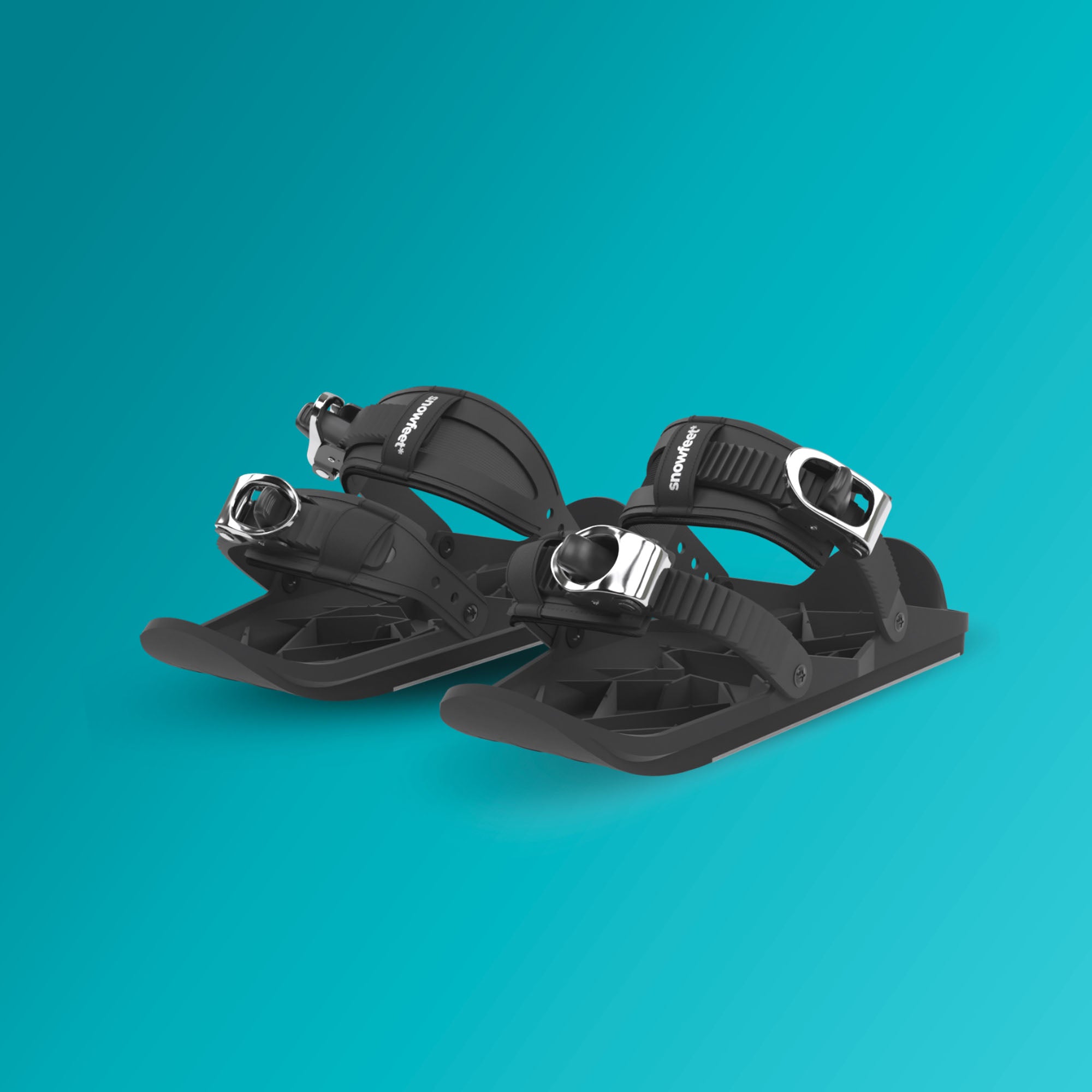


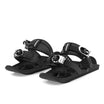
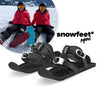

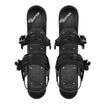


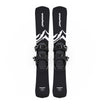
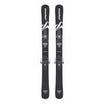
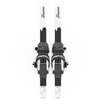
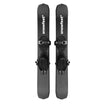
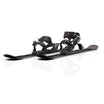
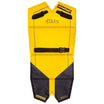

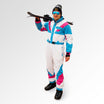
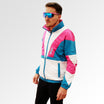
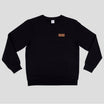
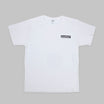
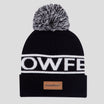
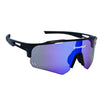
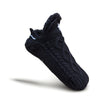
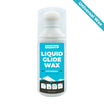
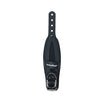
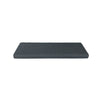
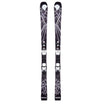




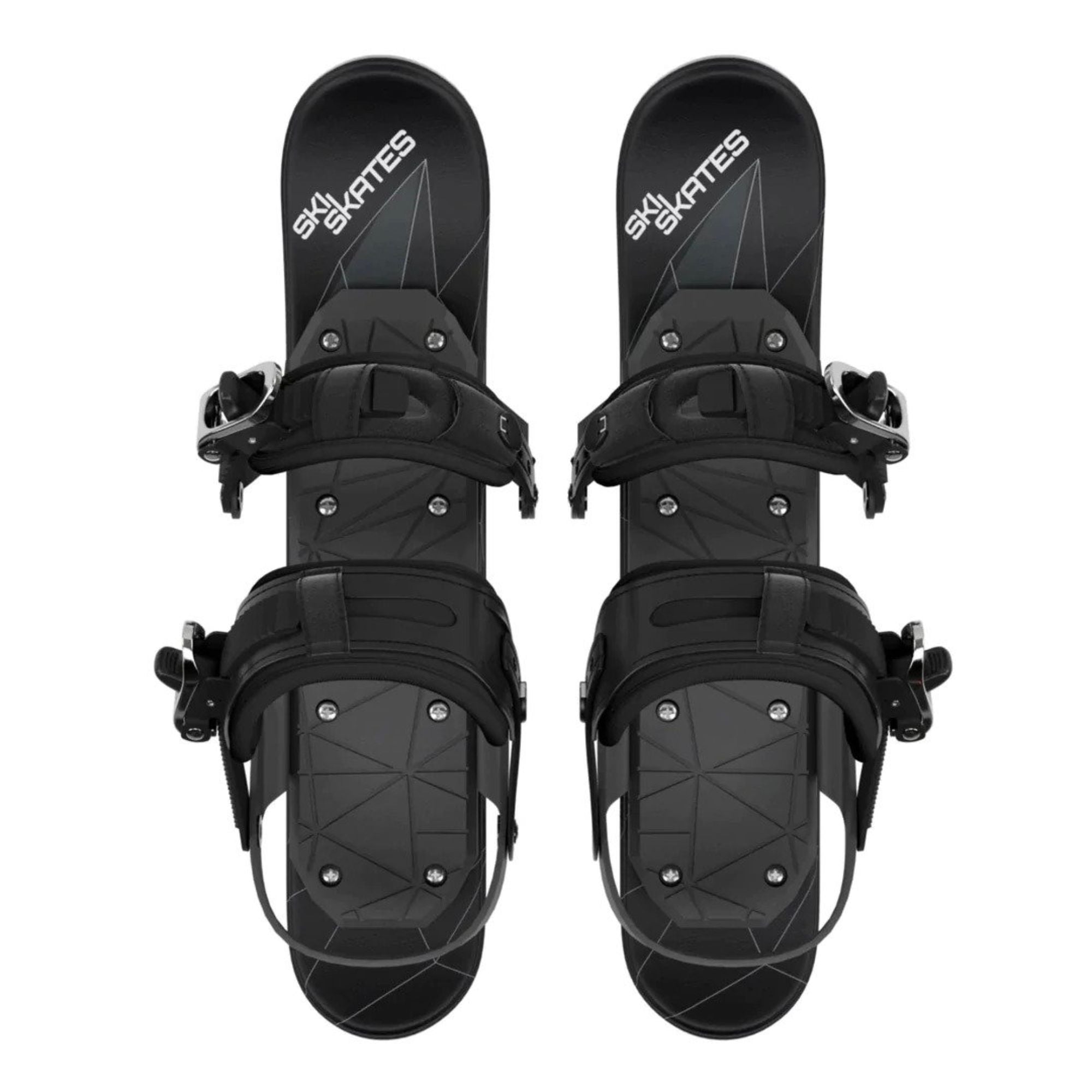
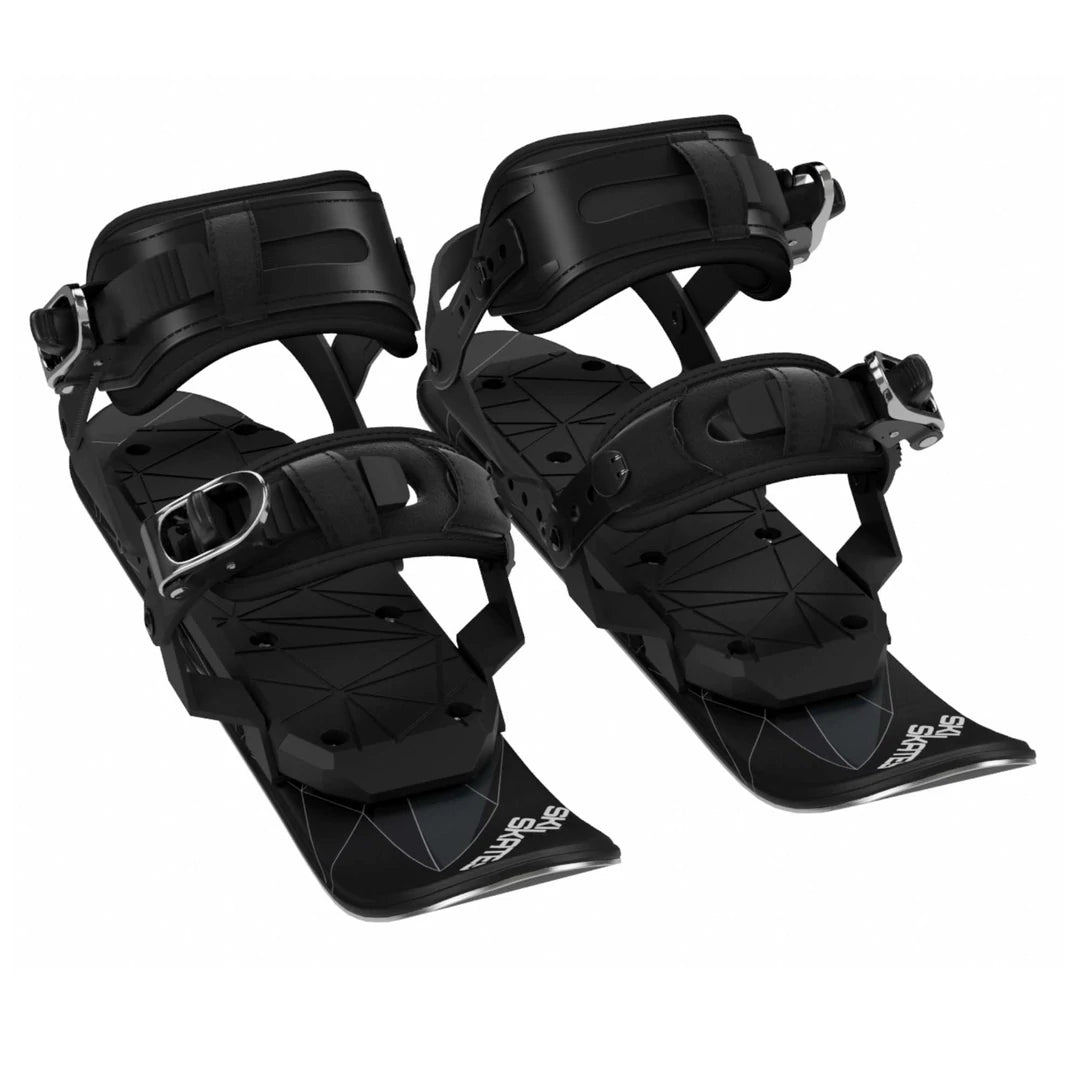
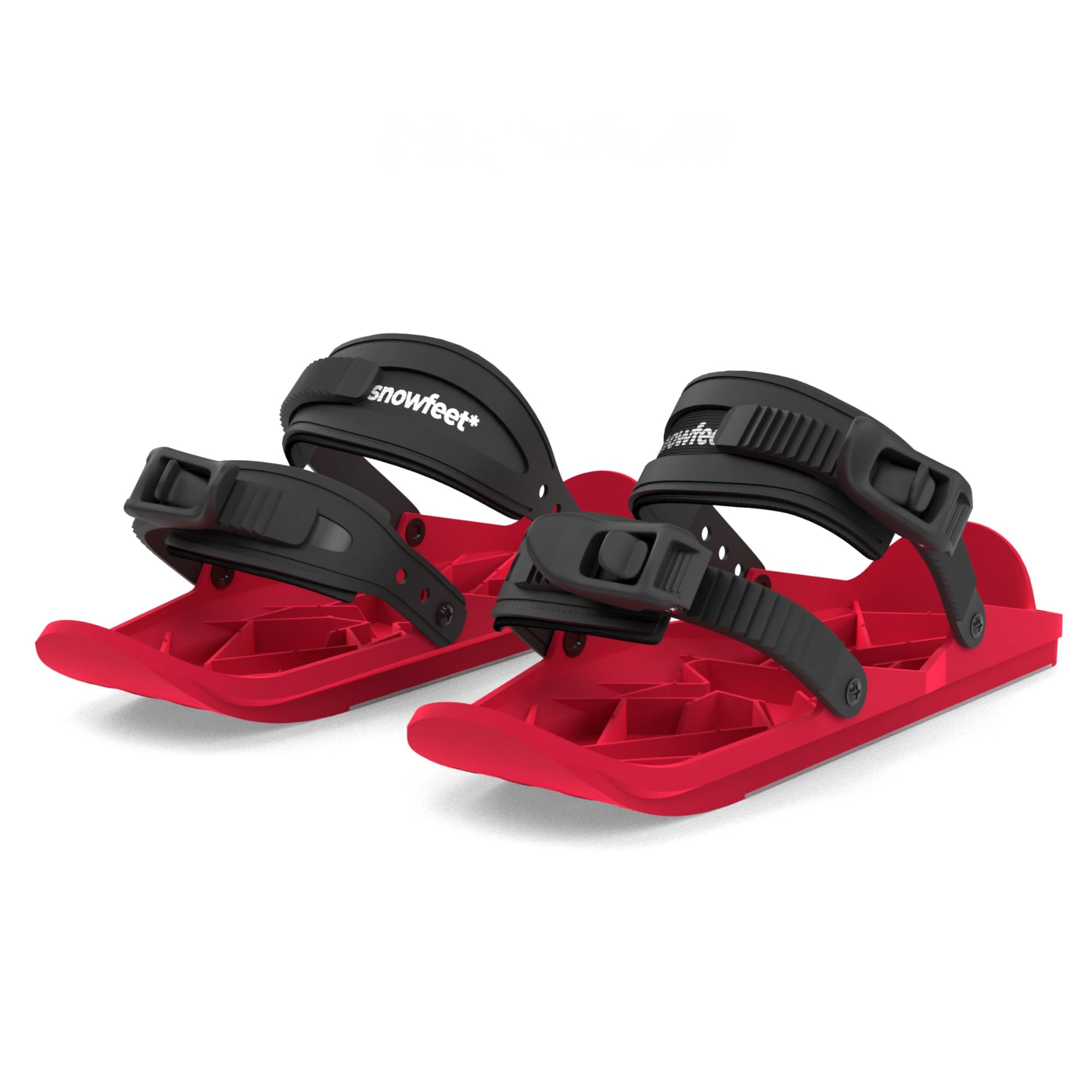





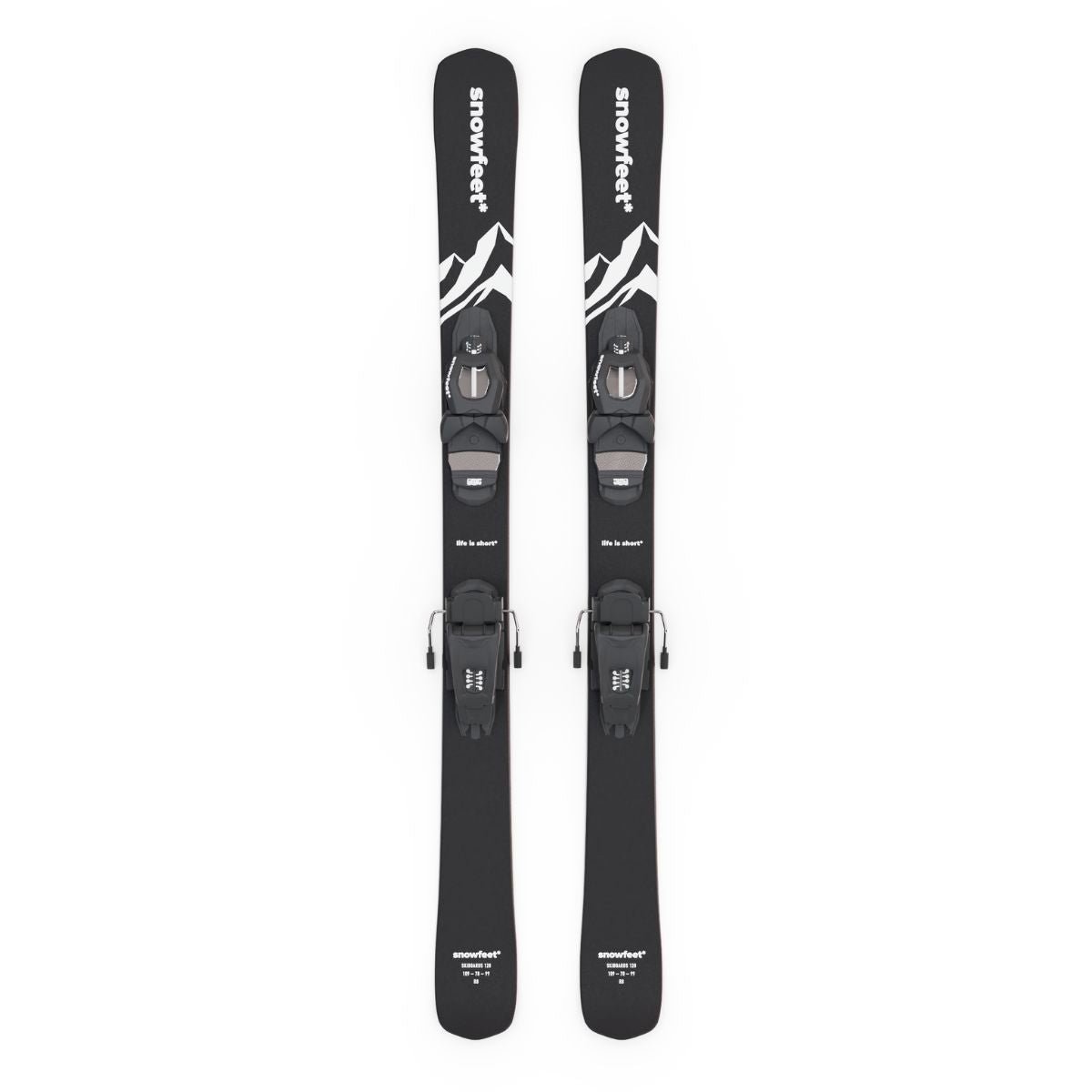
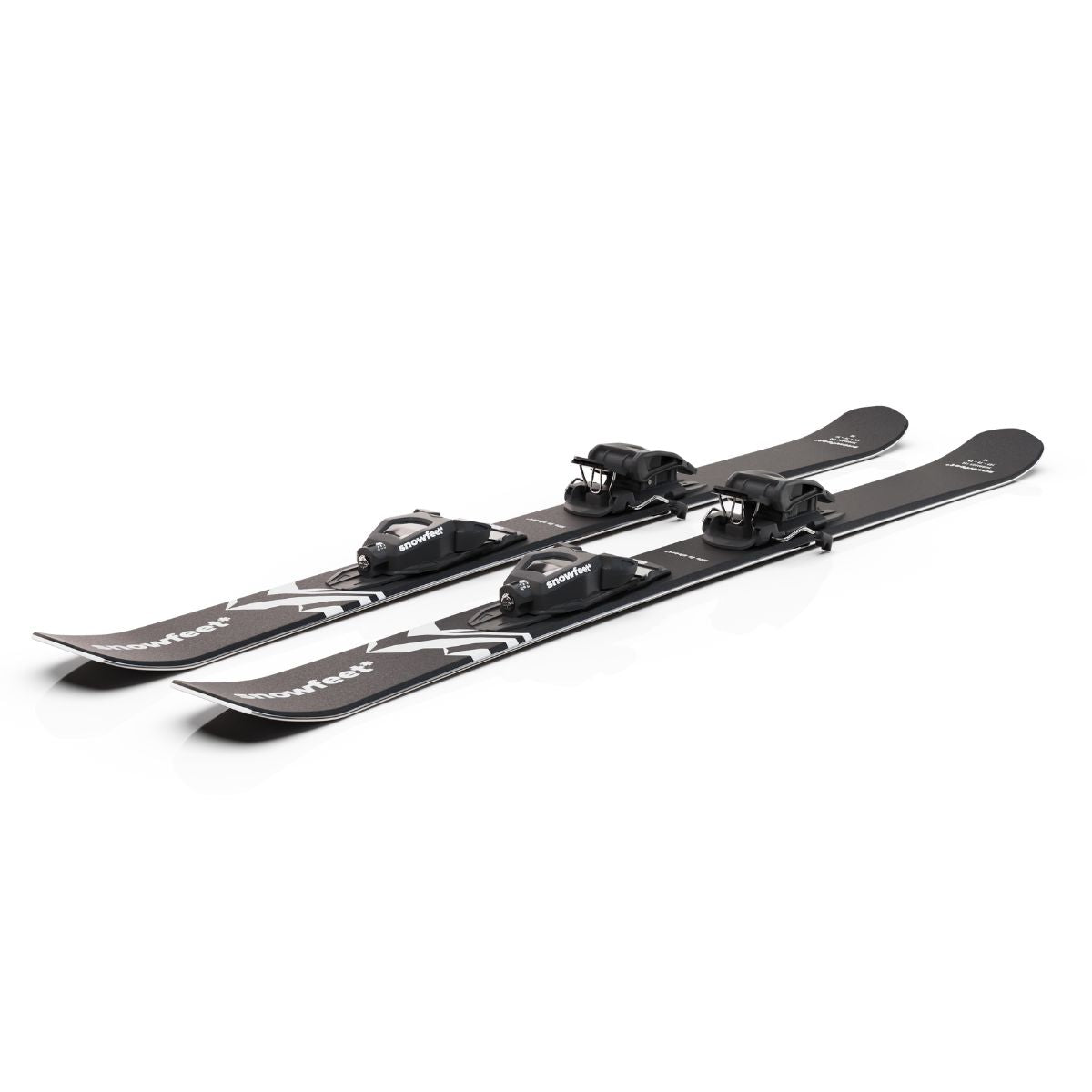
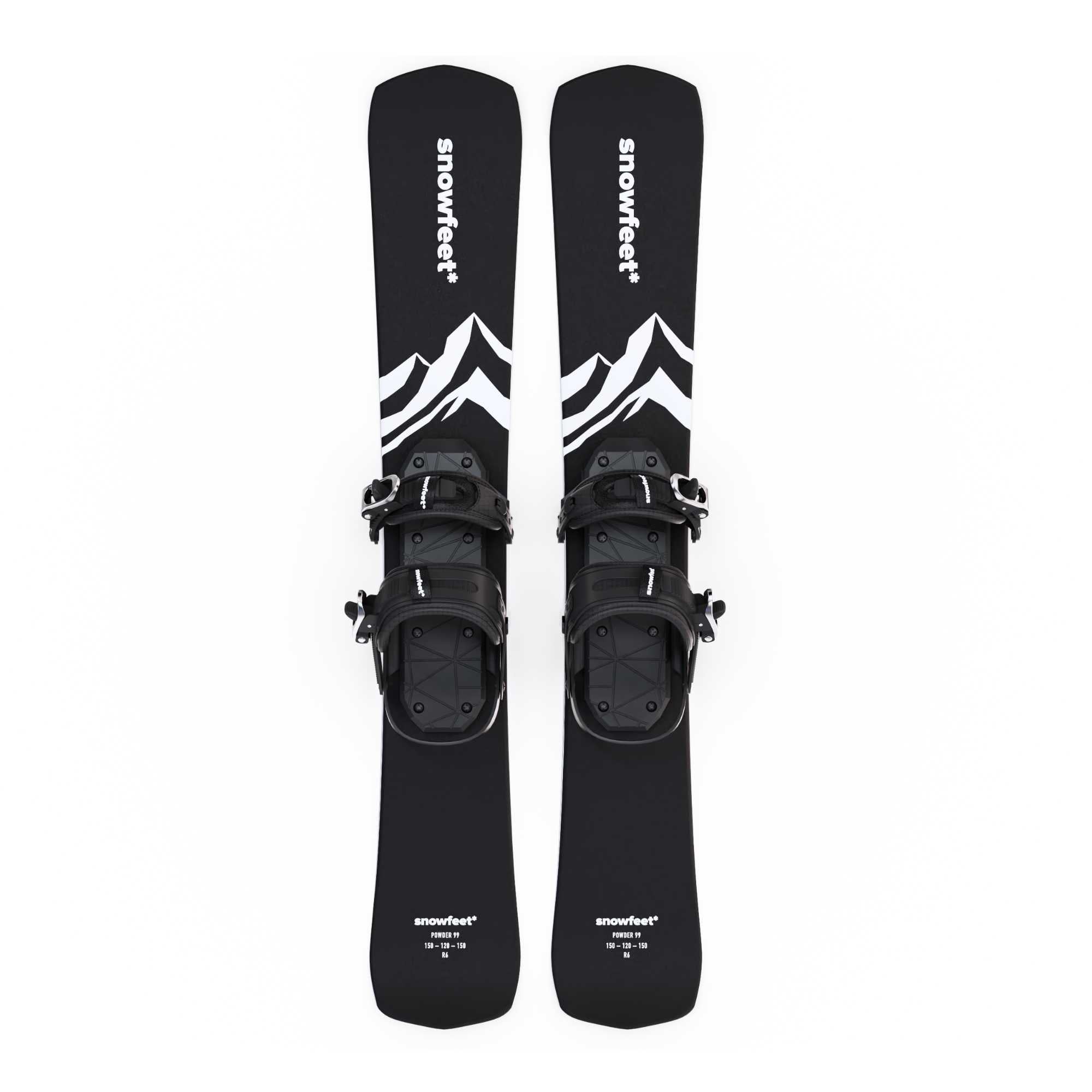
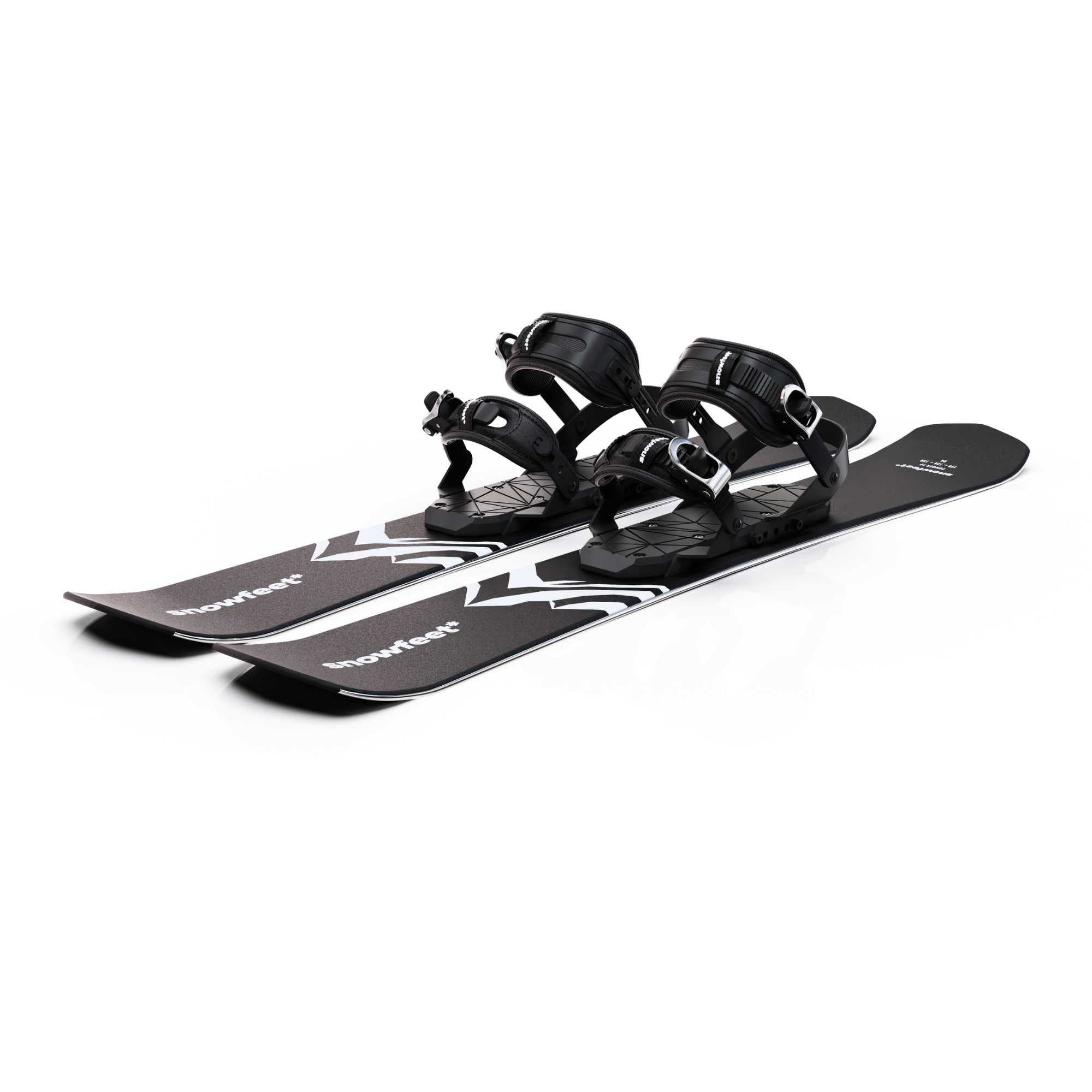
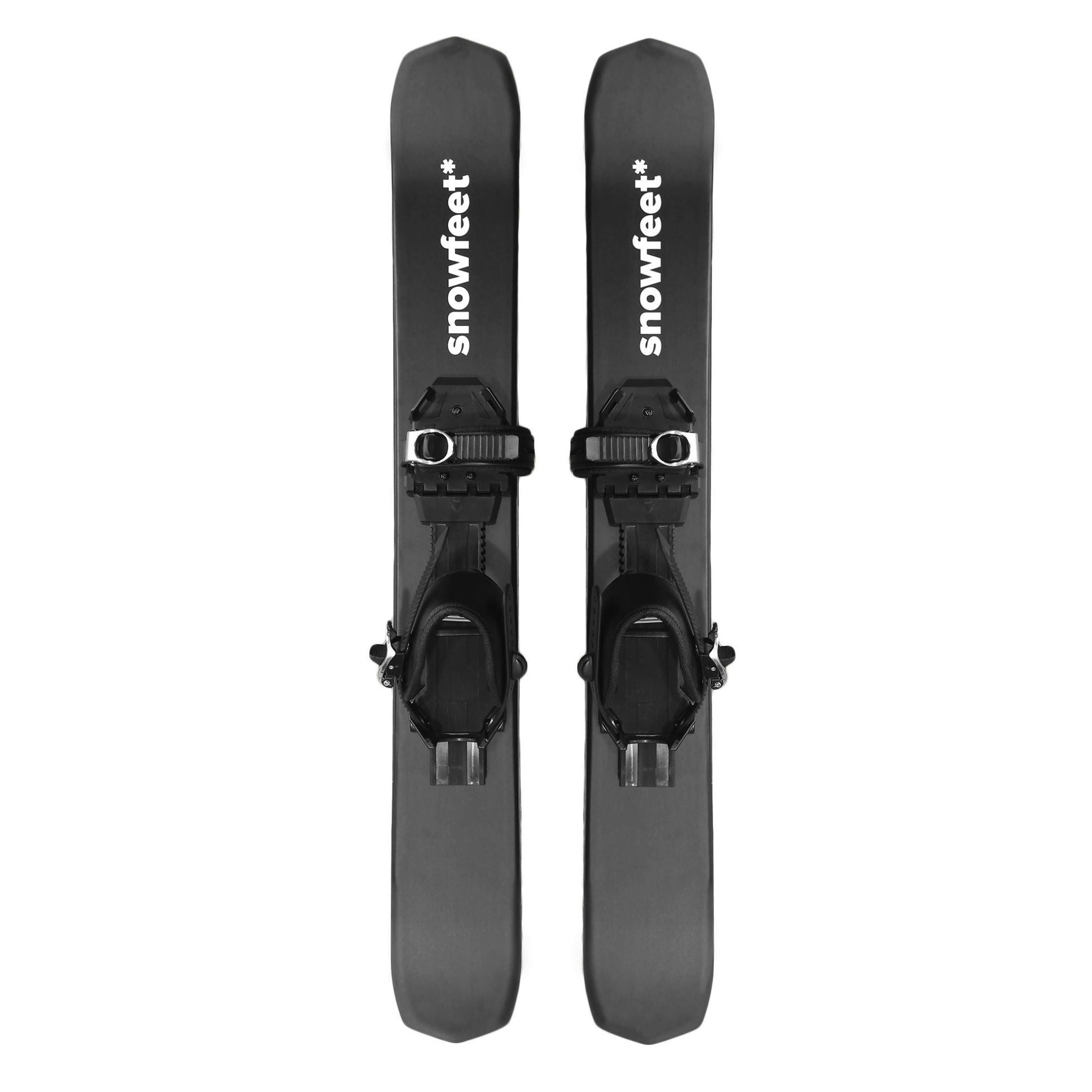
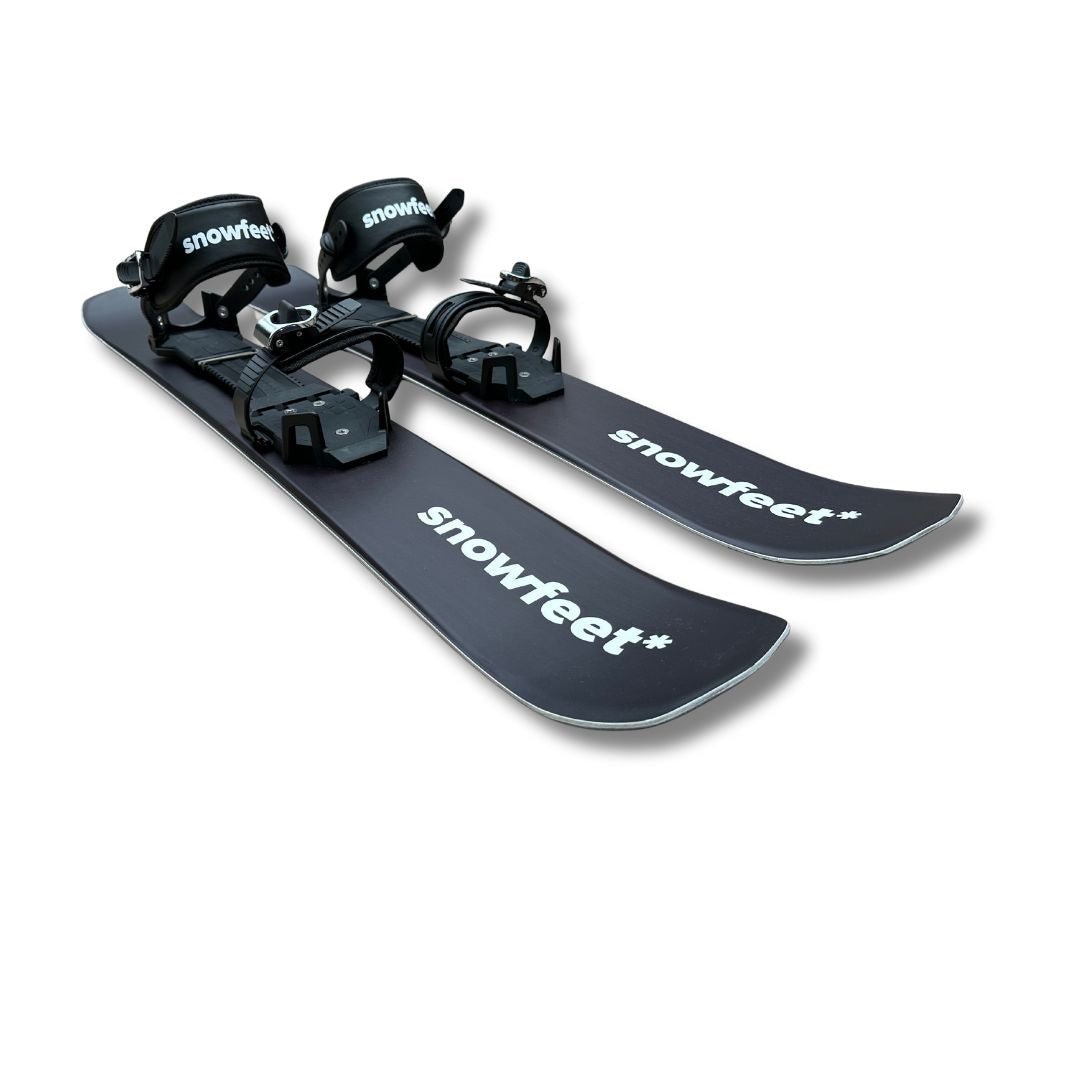
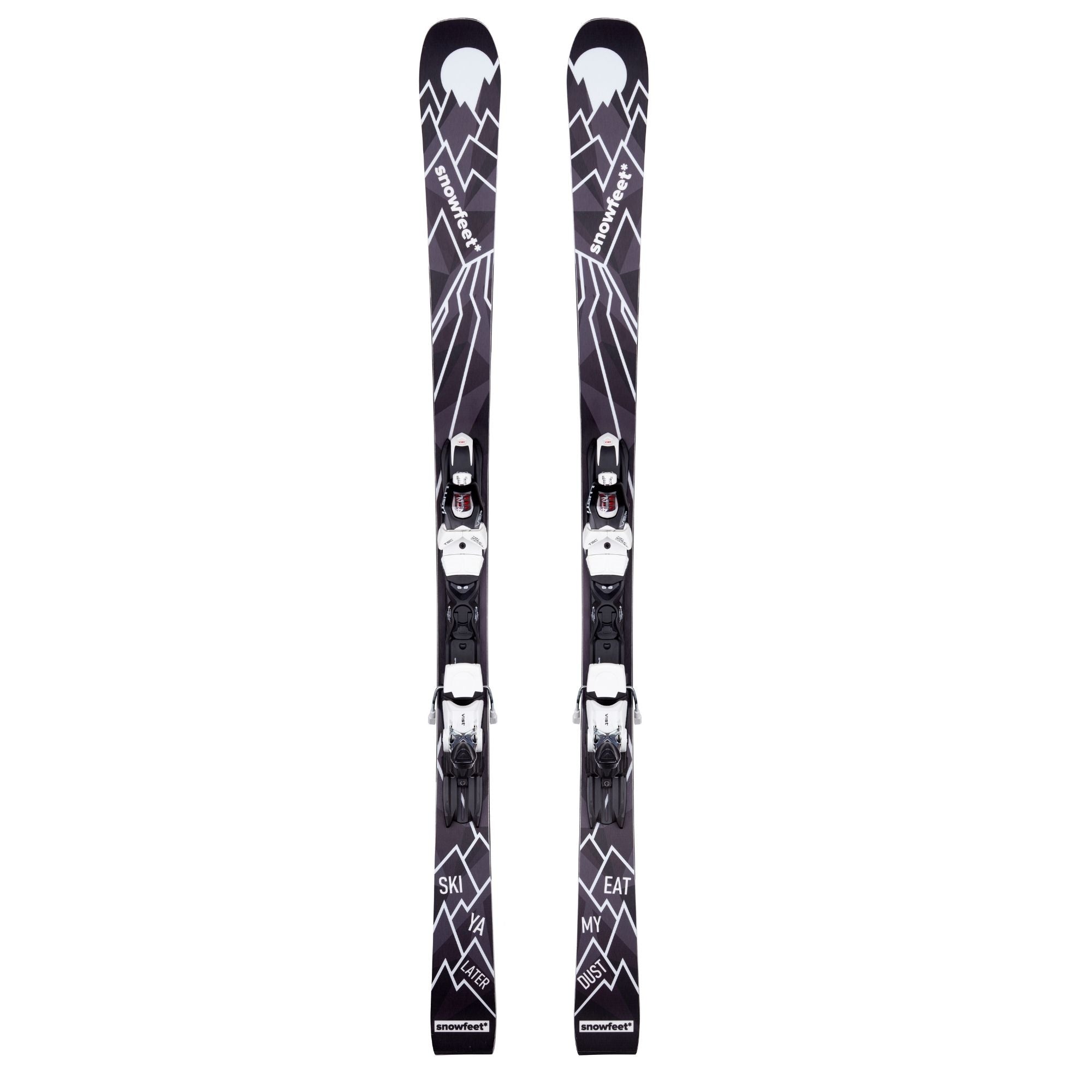
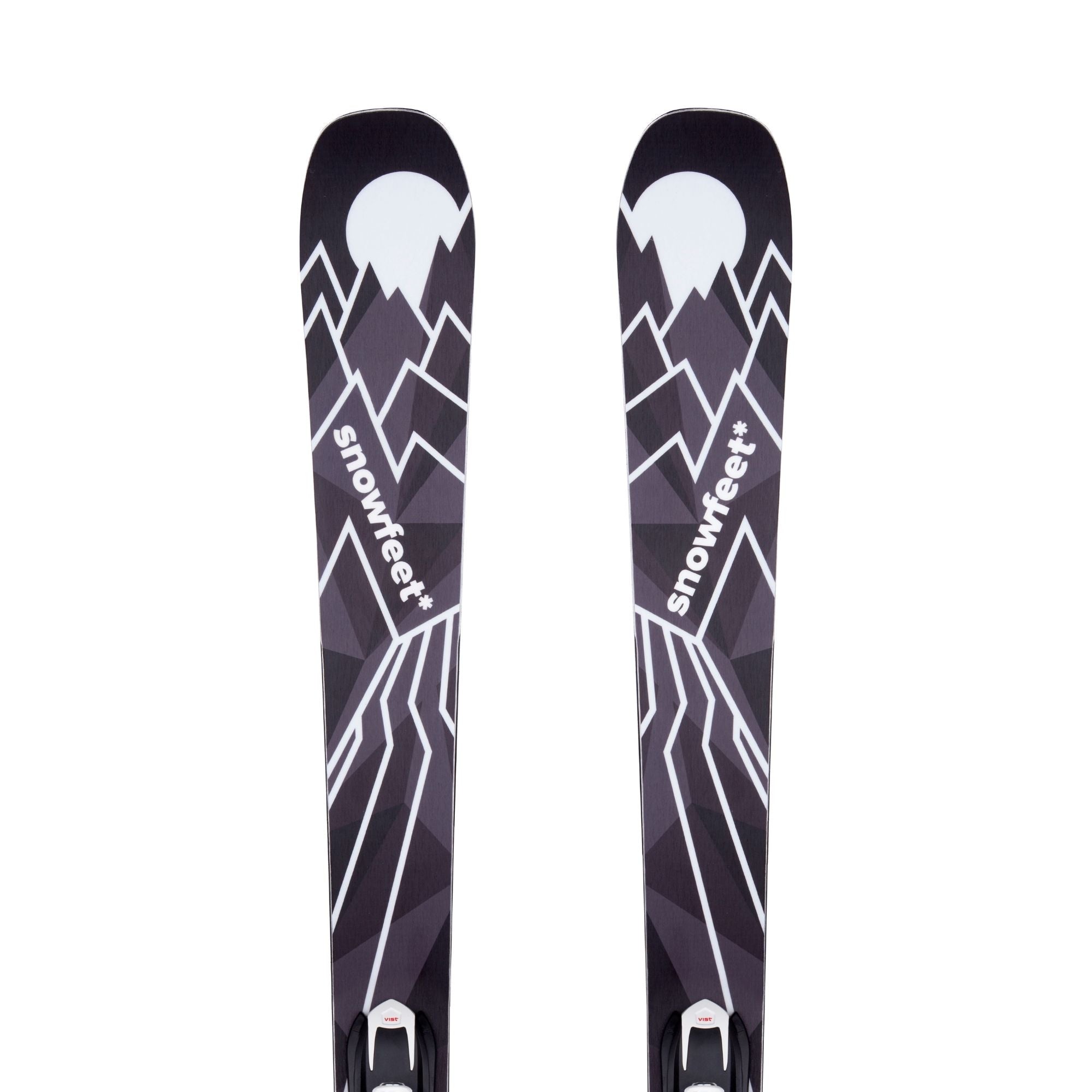
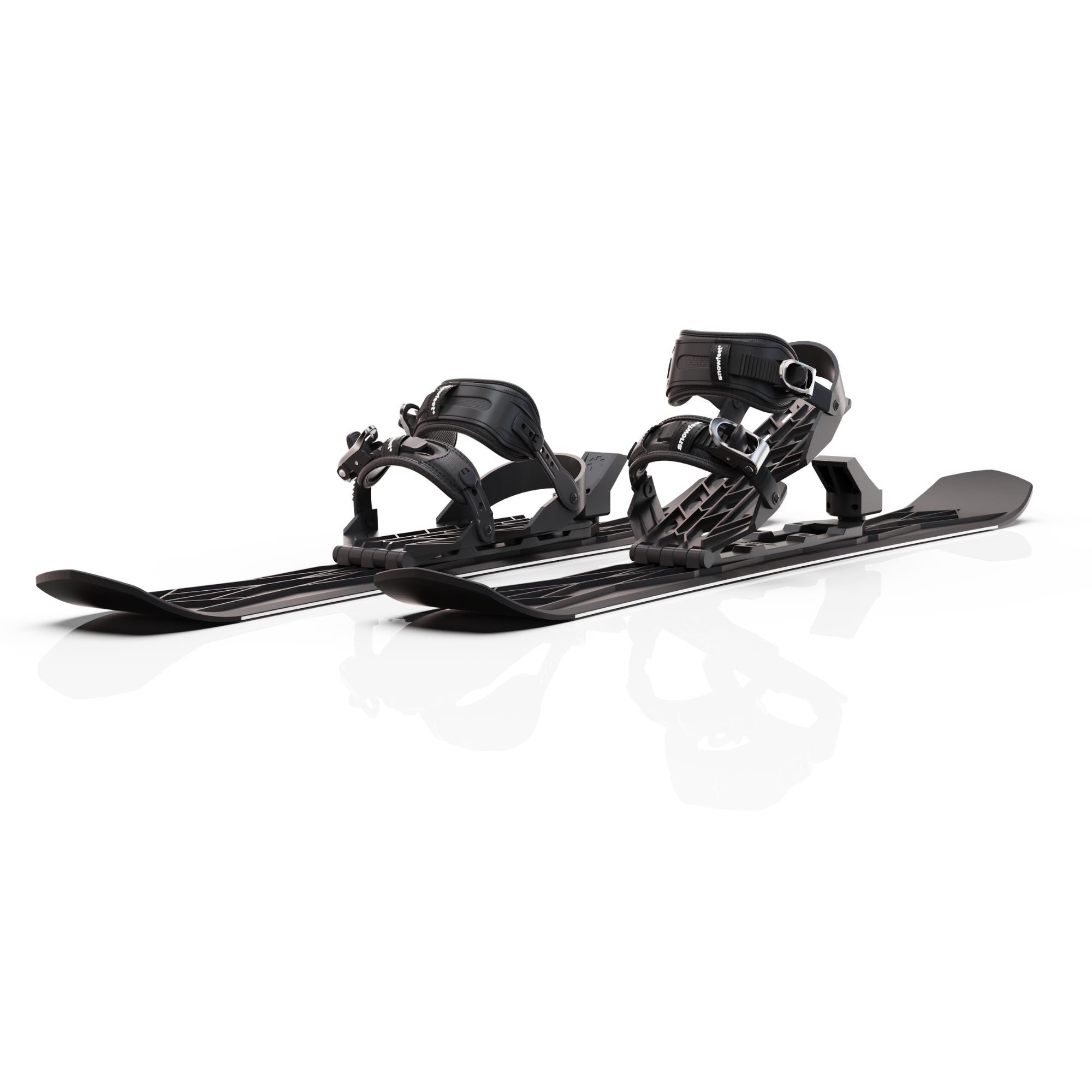

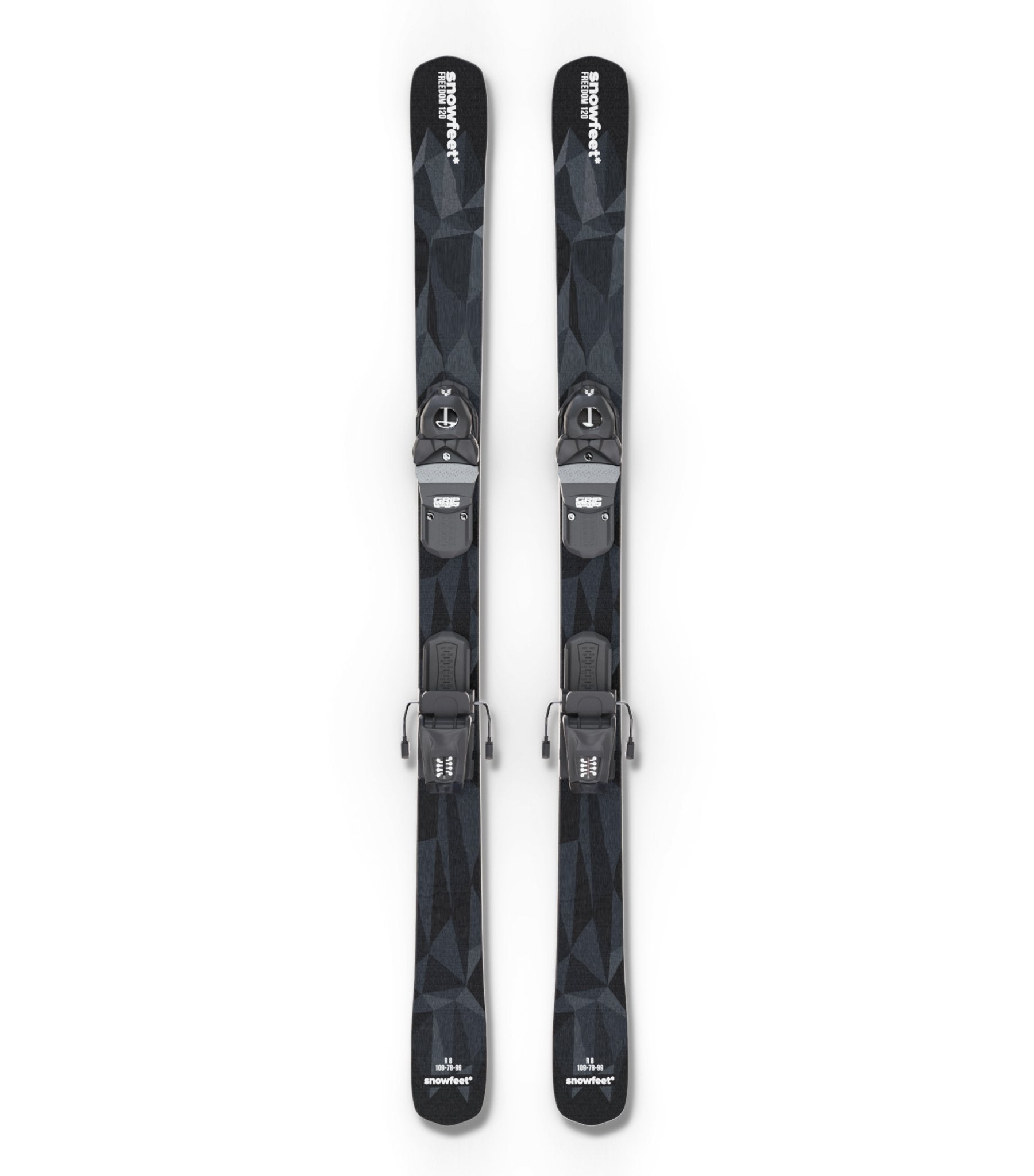
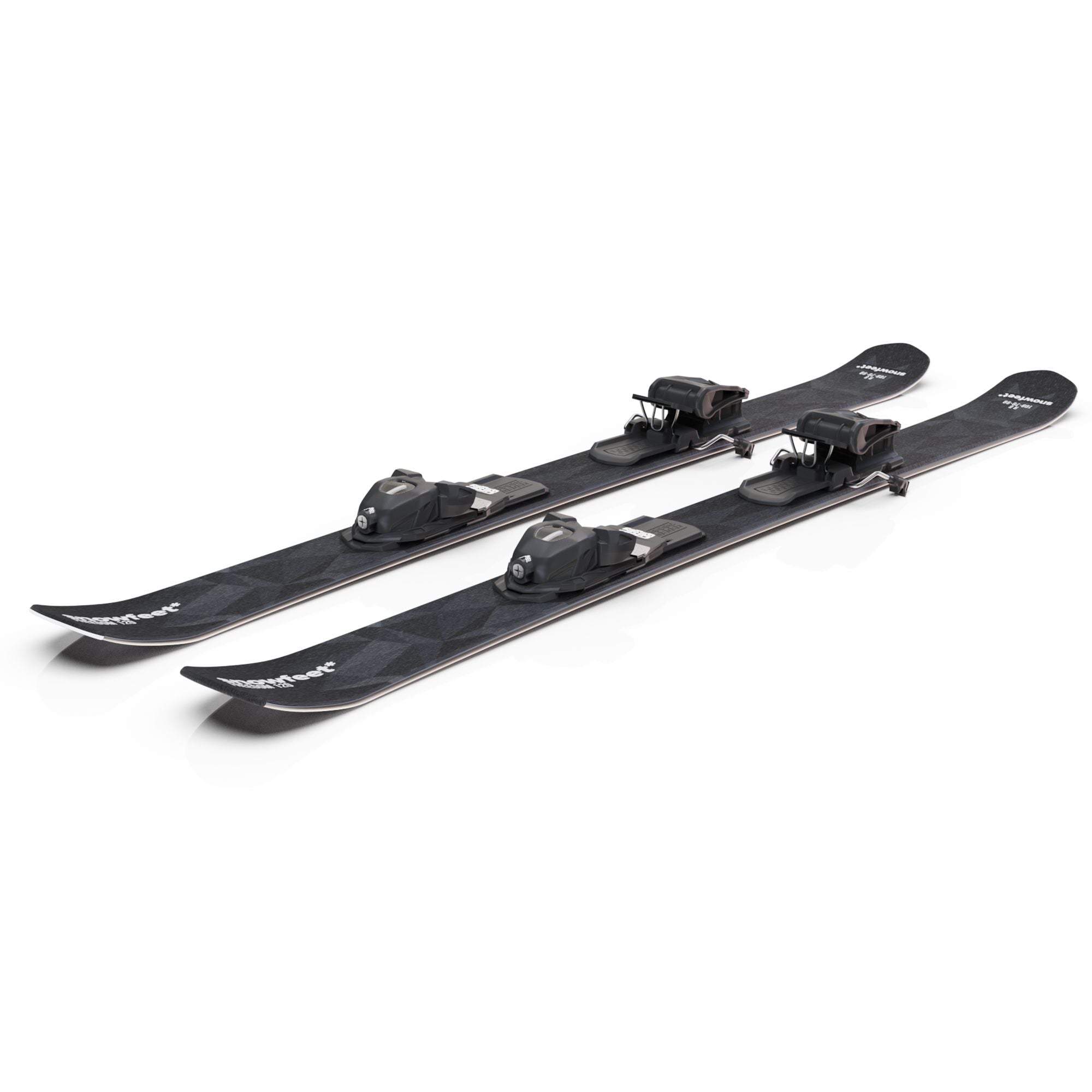
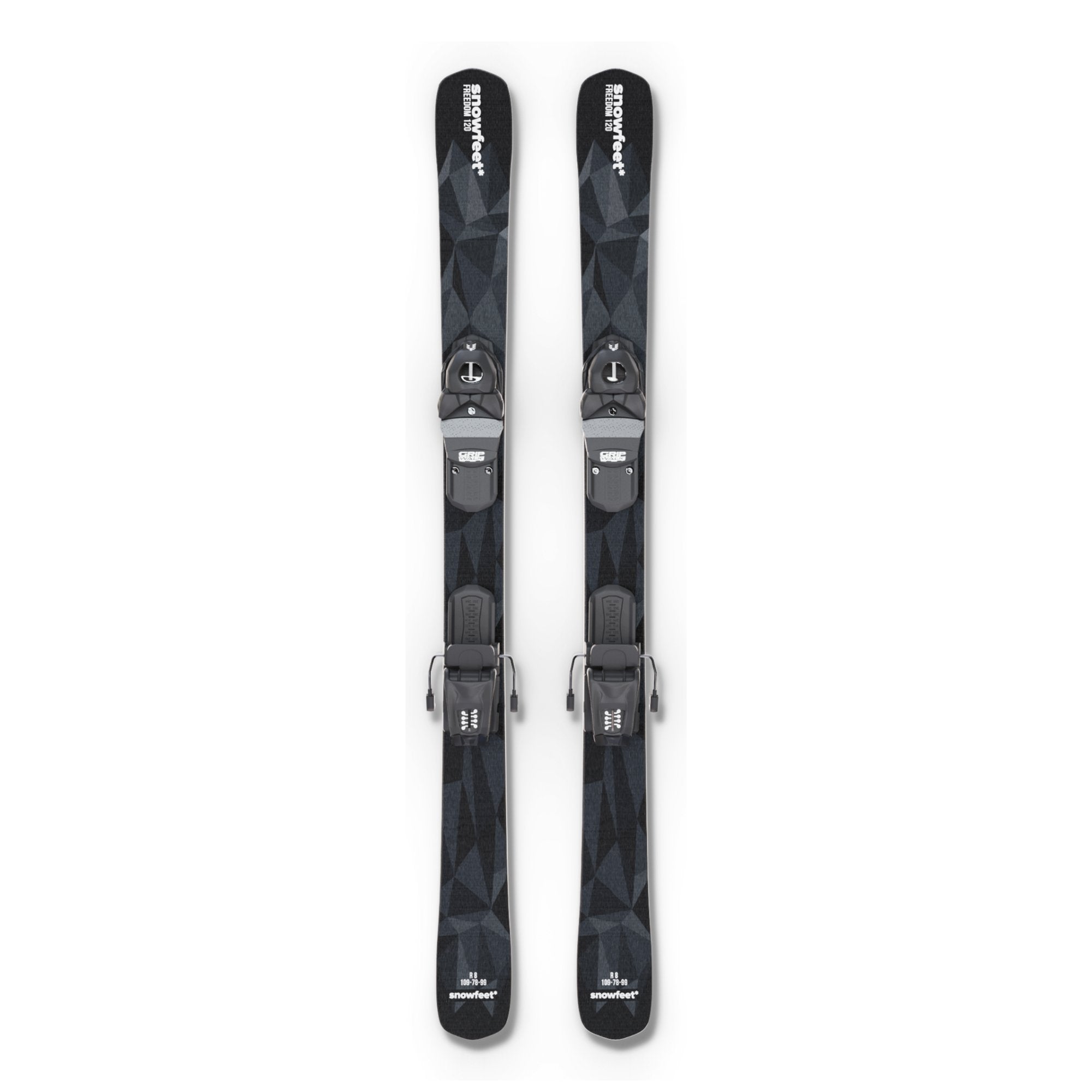
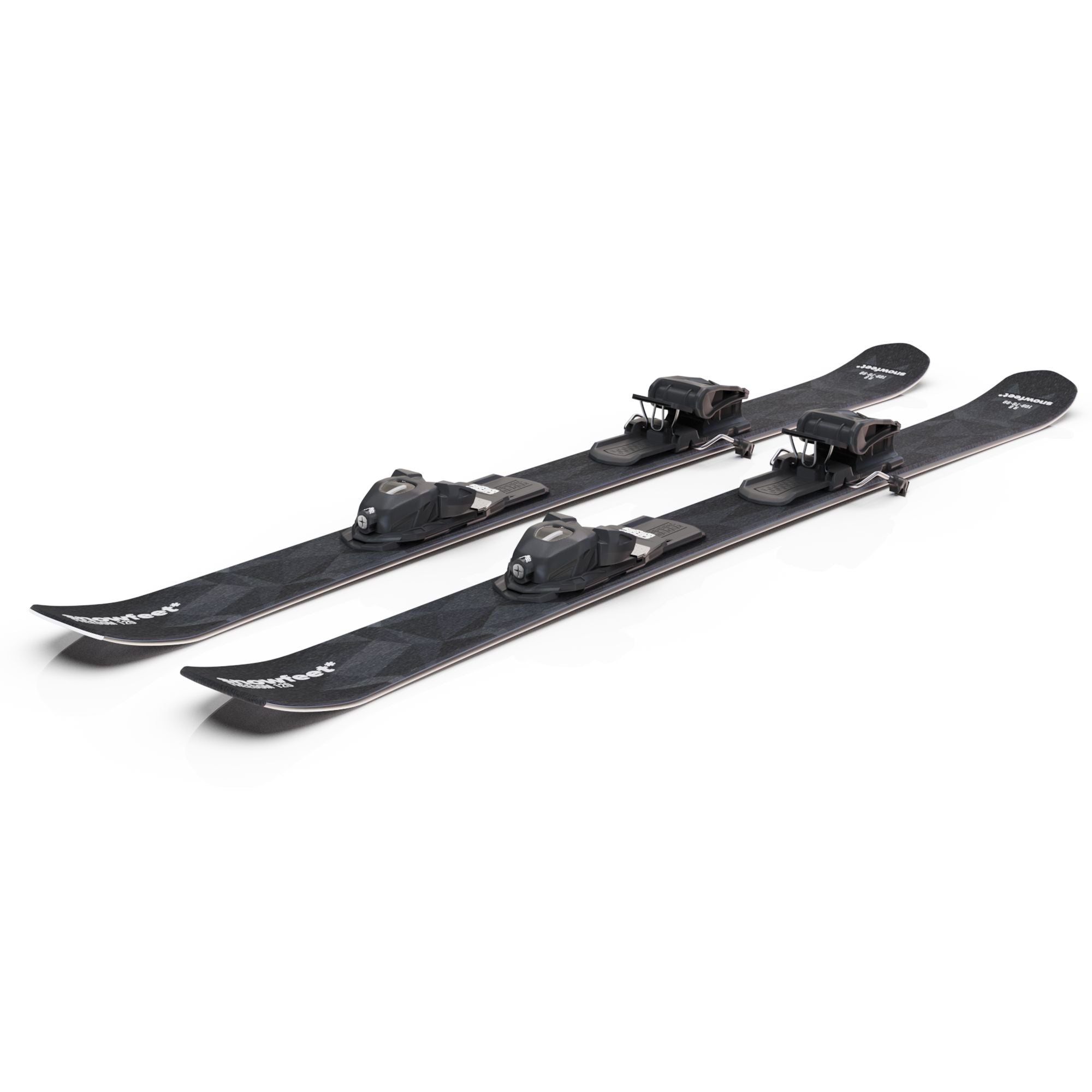
Leave a comment
This site is protected by hCaptcha and the hCaptcha Privacy Policy and Terms of Service apply.